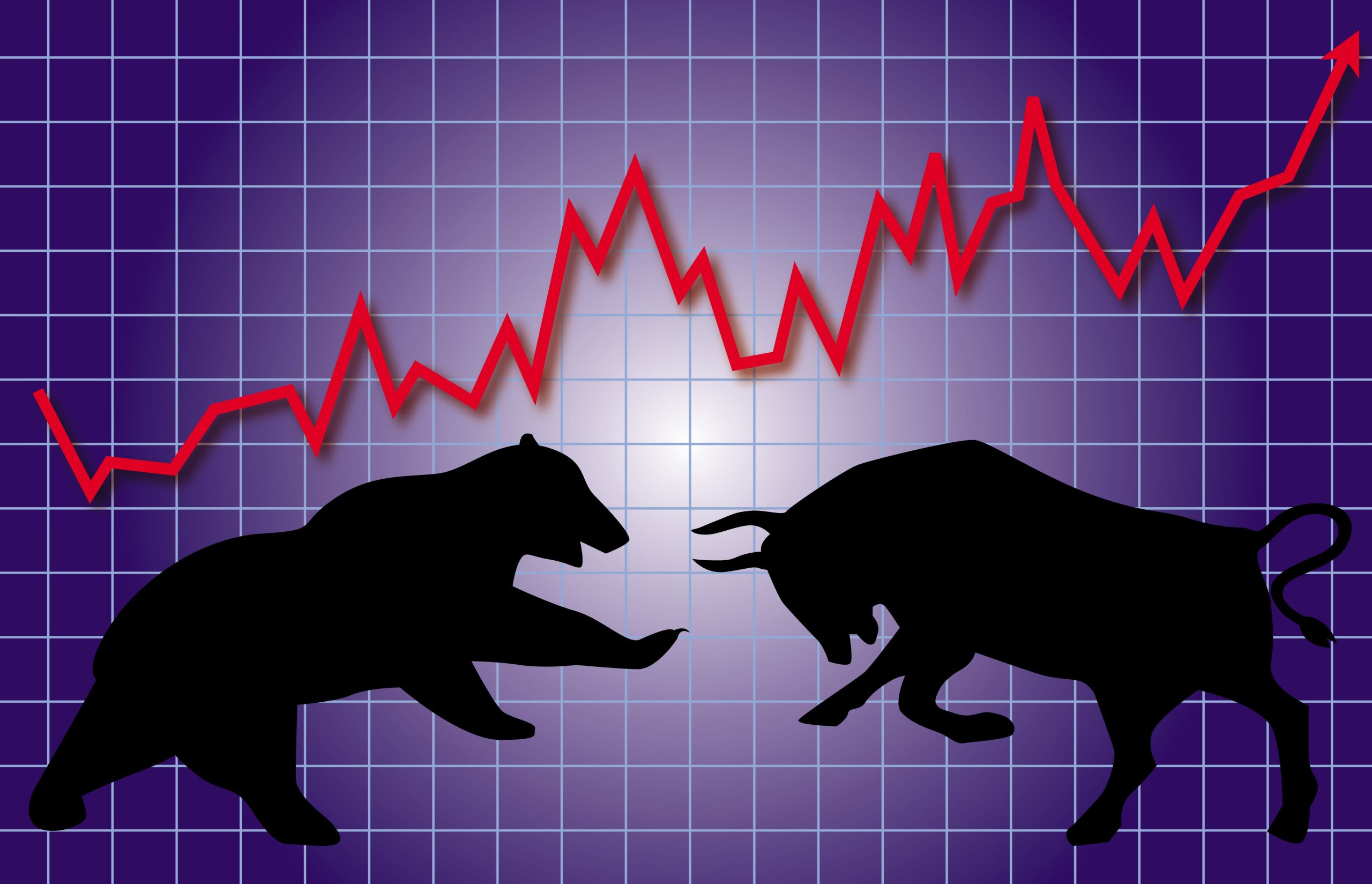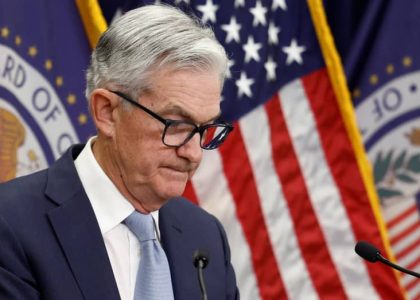I frequently talk about using the commercial traders as a proxy for fundamental information. Commercial traders' pinpoint focus on the markets they trade takes into account the supply and demand structure within their individual markets, including stocks and bonds. Furthermore, their actions within the markets they trade literally, tell us what they expect to happen within their market going forward. Thus, our thesis that, "No one knows the markets they trade like those whose livelihood is based directly upon the correct forecasting of their market." All things being equal, when my analysis of the fundamentals seems confounded, I defer to the respective experts within their markets. Finally, when the market sectors are analyzed in total, commercial traders' actions can lead to a bigger picture. The recent shift in their positions within the financial markets leads me to believe that direction will be tough to forecast as little consensus among the traders points towards turbulence within the financial markets.
Let's begin with the fundamental premise that the relationship between the equity and interest rate markets is positively correlated except in times of stress. In other words, when interest rates decline the price of bonds rises. The rise in bond prices accompanies an increase in equity prices as declining interest rates make money cheaper to borrow. This enables corporations to put extra capital to work at lower financing costs thus, improving their bottom line. This has been the primary lesson of QE infinity. Even marginally profitable companies have benefited from 7 years of artificially low interest rates.

The major flaw in this relationship is that those using it as a model have one difference that must be accounted for qualitatively. The flaw is typically called a, "flight to quality." This occurs during periods of fear and turmoil whether domestic or global as investors seek capital protection rather than capital appreciation. The most obvious example was the economic meltdown in 2008. Investors moved money out of the equity markets and into the bond markets with such ferocity that short-term interest rates were actually driven into negative territory. Investors were willing to PAY the U.S. government to hold their money and keep it safe. The important point is that the relationship between the equity and interest rate markets is not simply based on capital allocation, it's also based on the fear of capital preservation.
This brings us to the currently confusing situation based on two primary points. First of all, within the interest rate sector, commercial traders have been putting money into the buy side of short term interest rates while showing little involvement further out on the yield curve.

The Eurodollar run from mid-2013 led to a record net long commercial trader position. This had been pared back recently but is now, once again on the rise in anticipation of potential global turmoil.

Compare the first two interest rate charts to the 30-year Bond below. Commercial traders have been fairly certain of past moves which justified the size of their investments. Their current position is as close to neutral as it gets.

Secondly, it has been the history of the equity markets over the last 20 years for the Nasdaq 100 to lead the S&P 500. The commercial traders currently hold a negative outlook on the Nasdaq while approaching a record bullish position in the S&P 500.

Compare this chart against the Nasdaq 100 futures chart below and you'll begin to see the conflicting outlook among commercial traders regarding forward equity pricing.

Typically, this would be an outright bearish situation. The negative outlook in the Nasdaq would normally lead to a predicted downturn in the S&P 500. Further strengthening this notion is that commercial traders are net short the equivalent of $7.25 billion Dollars worth of the Nasdaq while only long $4.29 billion Dollars worth of S&P 500 stocks even as their S&P position approaches historical size.
The end result paints a picture of confusion. There are simply too many confounding variables for a single thesis approach to trading the relationship between the bond and equity markets. Smart money pouring into short-term rates while selling Nasdaq futures suggests serious topping action. This is also consistent with our recent piece at TraderPlanet, "Commercial Traders Turn Negative on Equity Rally."
Meanwhile, the positive relationship between interest rates and equities fits the profile of the bull market commercial traders are expecting in the S&P 500 futures which we discussed Monday at Equities.com in, "Hidden Strength in the S&P 500."
The end result is that trying to come to a consensus among the markets is nearly impossible. However, trading opportunities are still available as can be seen in the previous bond chart and S&P 500 chart below. After all, trading is about profits and losses not figuring out the global economy as well as the geopolitical risk on a qualitative basis.







